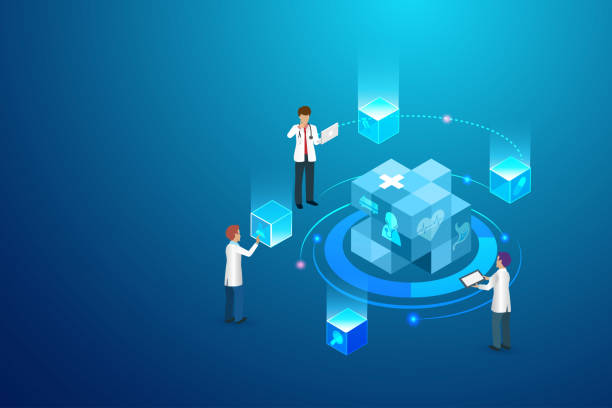Many aspiring designers wonder whether drawing skills are essential to succeed in the world of fashion. It’s a common concern—especially for people who are creative and stylish but feel insecure about their sketching abilities.
So, do you really need to know how to draw to become a successful fashion designer?
The short answer: It helps, but it’s not mandatory. Fashion design is a broad field, and drawing is just one of many skills that contribute to it.
Let’s explore what role sketching plays and what alternatives exist.
1. Drawing Helps Communicate Ideas Clearly
Being able to draw can definitely make your work easier. Sketching helps designers:
-
Visualize ideas quickly
-
Communicate concepts to pattern makers and tailors
-
Express details like cuts, folds, and textures
-
Create mood boards and design proposals
Drawing doesn’t need to be perfect — even simple sketches can communicate your vision.
2. You Don’t Need to Be an Artist
Many successful designers aren’t expert illustrators. What you need is:
-
The ability to express shapes
-
An understanding of proportions
-
Basic garment outlines
-
Clear representation of your ideas
You don’t have to create magazine-level fashion illustrations. Basic fashion flats or rough sketches often do the job.
3. Technology Has Changed the Game
Today, even limited drawing skills are not a barrier because digital tools are widely used in fashion design.
Tools like:
-
Adobe Illustrator
-
Clo3D
-
CorelDRAW
-
Digital sketch pads
-
Procreate
These allow you to create professional designs without being a hand-drawing expert. Many designers rely on digital sketches, 3D models, and templates to visualize their collections.
4. Fashion Design Involves Many Other Skills
Fashion design is much more than drawing. To become successful, you also need:
-
Creativity and imagination
-
Knowledge of fabrics and textures
-
Understanding of patterns and garment construction
-
Trend forecasting
-
Color theory
-
Problem-solving skills
-
Business and marketing knowledge
Someone with strong creativity and technical understanding can do very well even with basic drawing skills.
5. Collaboration Is Common
In the fashion industry, designers often work in teams.
You can collaborate with:
-
Pattern makers
-
Illustrators
-
Technical designers
-
Tailors
If sketching isn’t your strength, team members can help bring your ideas to life professionally.
6. Practice Improves Drawing Quickly
If you choose to learn drawing, you don’t need to worry about being perfect.
Practicing:
-
Basic human figures
-
Garment outlines
-
Fabric draping
-
Coloring techniques
…can significantly improve your sketches in a short time. Many beginners improve within weeks with consistent practice.
Conclusion
You do not need to be a master at drawing to become a fashion designer. While sketching is a helpful skill, it is not the defining factor of success in fashion design. Creativity, vision, fabric knowledge, design thinking, and the ability to understand trends matter far more.










